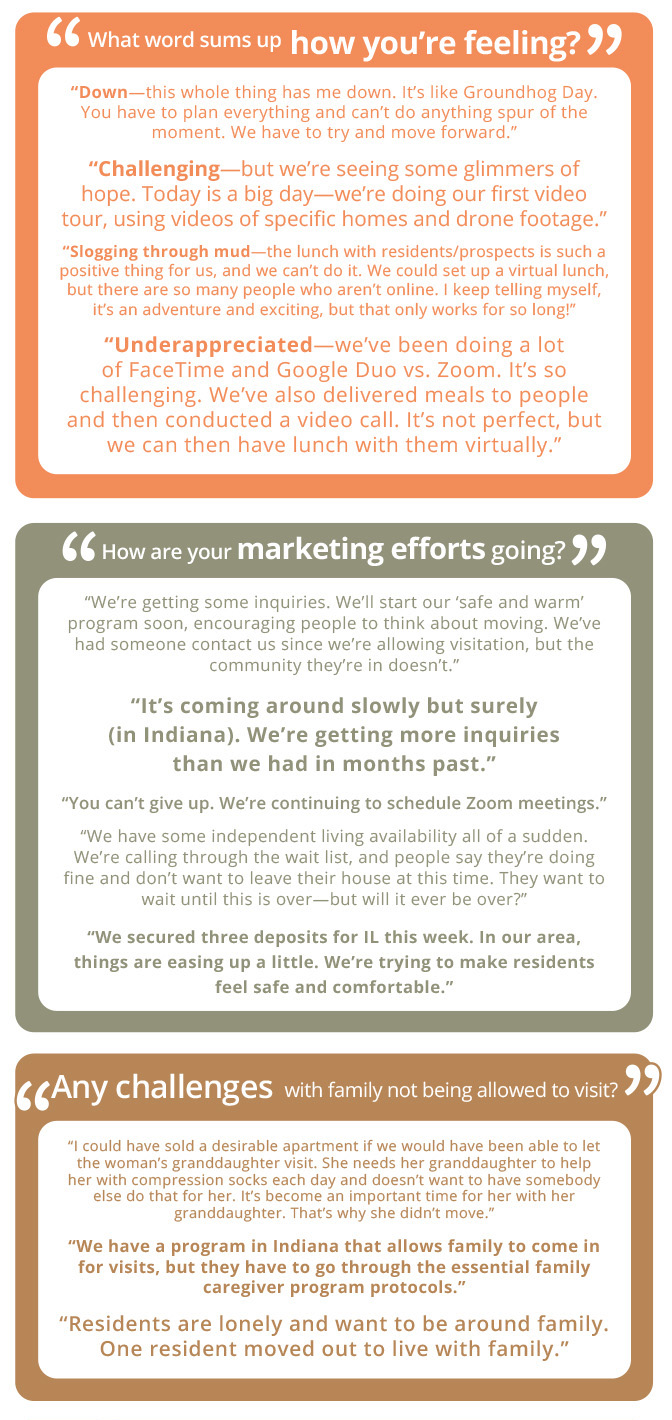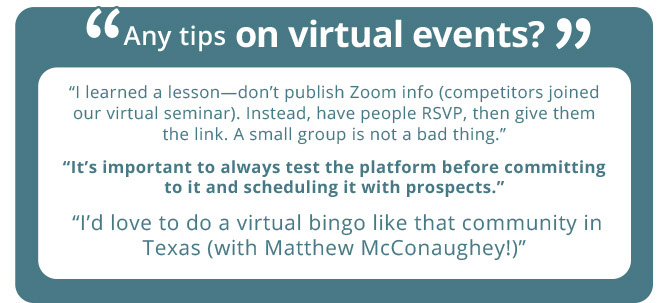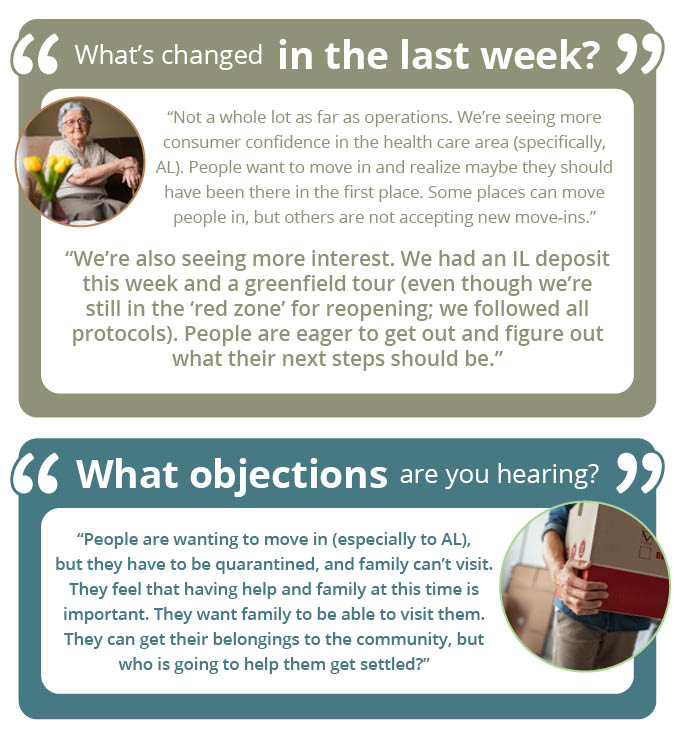QUOTES
“So much of this work is nonlinear. You start out with a plan and then if you’re keeping your eyes open, the road starts to curve pretty fast.” (Dr. Kamber)
“We’re really about using technology to change the way we age because the longevity revolution in America is this slow-moving demographic shift, but it’s changing everything.” (Dr. Kamber)
“We’ve got 700 sites where people are teaching our programs around the country. It’s really become a labor of love.” (Dr. Kamber)
“Outreach is so important to really recruiting people. Even giving away a world-class program for free, you have to get out there and ask people to come.” (Dr. Kamber)
“People are full of this intense potential. And we forget that there’s no change in that as we get older.” (Dr. Kamber)
“Technology is such a tiny piece of it, but it is a little bit like taking the cork out of the bottle sometimes.” (Dr. Kamber)
“The biggest myth is that people can’t learn… that somehow there’s something wrong when in fact, it’s just that your kid is acting like a jerk.” (Dr. Kamber)
“We paid extra to have nice millwork made with teak on the walls. It’s like a social club for cool people. It just happens to be free.” (Dr. Kamber)
“Great design is an antidote to ageism.” (Dr. Kamber)
“The healthy aging part of this is the socialization of their physical activity… It’s really unleashed an opportunity for people to think about their health in a social context.” (Dr. Kamber)
“If you’re patient and you’re persistent and you’re a person with integrity… you’re gonna end up in a good place.” (Dr. Kamber)
NOTES
Dr. Tom Kamber is a national leader in aging and technology, and the founder of Older Adults Technology Services (OATS) and Senior Planet. He’s a lifelong social activist dedicated to empowering older adults through digital literacy and inclusion.
OATS, a nonprofit affiliate of AARP, provides technology education and support to older adults through its Senior Planet programs. With a presence in 700 locations across 35 states, OATS combines tech training, wellness, and social connection to help people thrive in the digital age.
OATS began after a woman asked Tom for internet help post-9/11; that simple moment sparked a national movement.
Senior Planet offers programs focused on five impact areas: financial security, social engagement, health and wellness, creative expression, and civic participation.
The most popular offering? Fitness classes like “Morning Stretch,” which regularly attracts 500–600 participants.
OATS doesn’t charge for classes to remove financial barriers and ensure inclusivity.
Their model includes licensing curriculum to local organizations for broader reach and sustainability.
The biggest myth about older adults and tech is that they can’t learn. It’s more about opportunity than ability.
Social connection is often the top reason people join Senior Planet, with digital tools helping them stay in touch.
OATS’s design philosophy includes building beautiful, functional spaces that reflect the dignity and potential of older adults.
AI and smart home tech are reshaping how older adults live and age, but safety, access, and education are key challenges.



